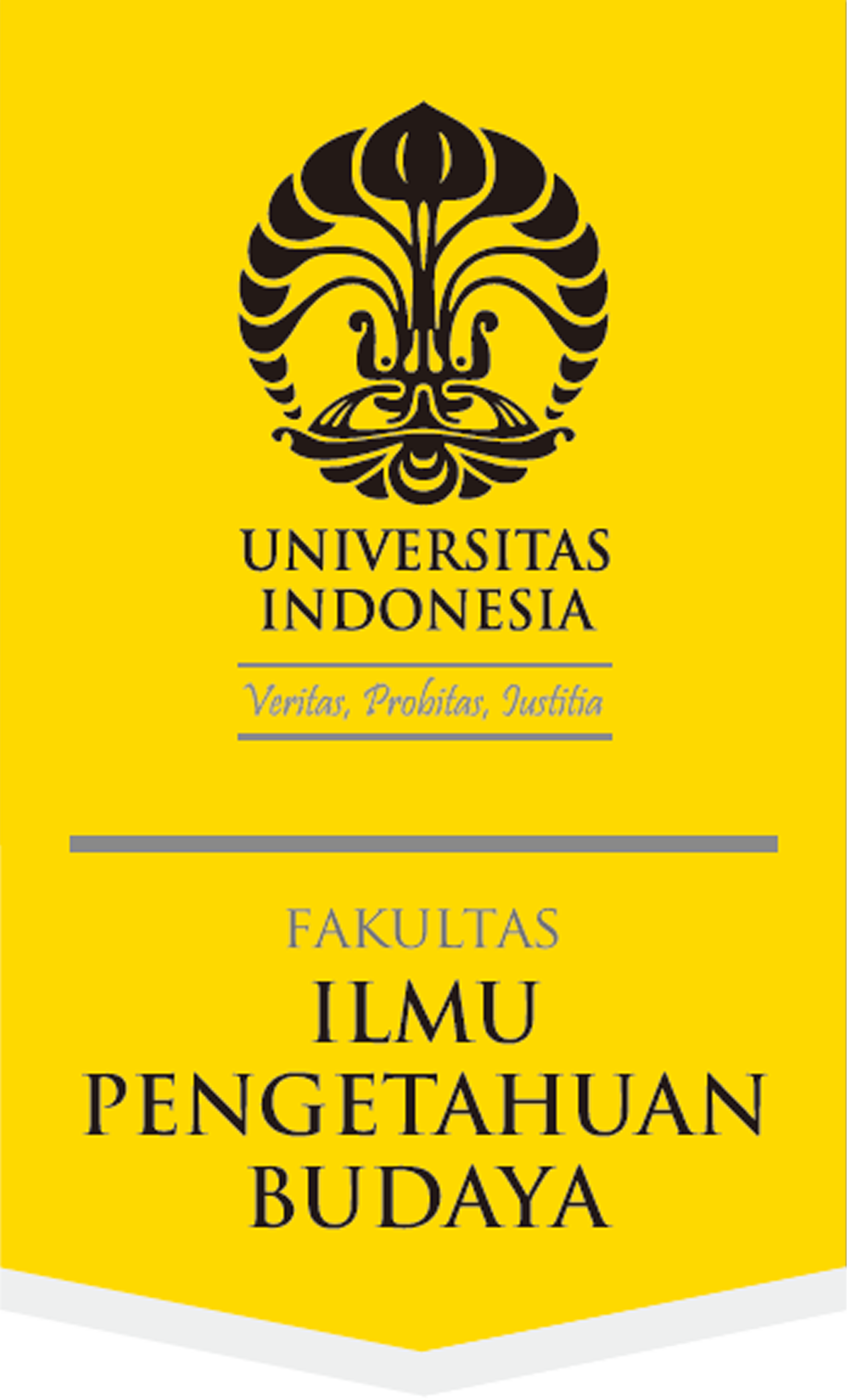Abstract
Documentary maker Vincent Monnikendam compiled the film Mother Dao, the turtlelike (1995) from more than 200 titles of archived films of the Dutch-Indies, shot between 1912 to ca. 1933. This film is neither a remake nor an edited version, but a kind of collage from those hundreds of archival films, all were silent. Monnikendam re-arranged the images and provided them with a new sound frame, consisting of songs, chantings and poems, in Indonesian, Old Javanese, and Sundanese. This new composition is not just creative but also quite provocative. With this arrangement the cineast wanted to show that there was something not quite right with colonialism. Through the new composition of images and the sound framing we can observe the power relation between the colonizer and the colonized. There are contrasts between the colonial and the colonized, literally as well as metaphorically. These contrasts raised some questions about the colonial discourse.
References
Bakarudin. 1995a. “Merekam sejarah secara jujur; Film dokumenter HindiaBelanda tahun 1912-1932; Jujur, mencekam, dan penuh simbolisme”, Tiras 12 (20 April): 72.
Bakarudin. 1995b. “ Wawancara Vincent Monnikendam: Pemerintah Belanda harus minta maaf”, Tiras 12 (20 April): 73.
Bianpoen, Carla. 1995. “Dutch center pays homage to East Indies”, The Jakarta Post (7 April): 7.
Bordwell, David dan Kristin Thompson. 1993. Film art; An introduction. New York: McGraw-Hill.
De Jong, J.J.P. 1998. De waaier van het fortuin; Van handelscompagnie tot koloniaal imperium; De Nederlanders in Azië en de Indonesische archipel 1595-1950. Den Haag: Sdu.
Hellwig, Tineke. 2007. Citra kaum perempuan di Hindia Belanda. Diterjemahkan oleh Mien Joebhaar. Jakarta: Yayasan Obor Indonesia. (Judul asli: Adjusment and discontent: representations of women in the Dutch East Indies, Winsor, Ontario: Netherlandic Press, 1994).
Maas, Cornald. 1995. “De rotzooi moet boven water komen”, De Volkskrant (20 Januari): 12.
Maters, Mirjam. 2003. Dari perintah halus ke tindakan keras; Pers zaman kolonial antara kebebasan dan pemberangusan 1906-1942. Diterjemahkan oleh Mien Joebhaar. Jakarta: Hasta Mitra, Pustaka Utan Kayu, KITLV-Jakarta. (Judul asli Van zachte wenk tot harde hand; Persvrijheid en persbreidel in NederlandsIndië (1906-1942), Hilversum: Verloren, 1998).
Monnikendam, Vincent. 1992, “Indië – filmproject; Synopsis voor een documentaire”. Hilversum: NOS, Afd. Culturele Programma’s.
Monnikendam, Vincent. 1995, “Informatie, zangen en gedichten bij de documentaire Moeder Dao, de Schildpadgelijkende; Een kinematografishe verbeelding van Nederlandsch-Indië 1912-ca.1933. Hilversum: Nederlandse Programma Stichting.
Naeff, Frans, (red.). 1978. Het aanzien Indië; Herinneringen aan een koloniaal verleden. Amsterdam: Het Spectrum.
Steinhart, W.L. 1934. Niassche teksten. Bandoeng: Nix. (Bataviaasch Genootschap van Kunsten en Wetenschappen 73).
Van Doorn, J.A.A. 1994. De laatste eeuw van Indië: ontwikkeling en ondergang van een koloniaal project. Amsterdam: Bert Bakker.
Van Helsdingen, Mr. W.H. 1941. Daar wèrd wat groots verricht [...]: NederlandschIndië in de XXste eeuw. Amsterdam: Elsevier.
Williams, Patrick dan Laura Chrisman. 1993. Colonial discourse and post-colonial theory: a reader. New York: Harvester Wheatsheaf.
Recommended Citation
Soegiarto, Jugiarie
(2008)
"Wacana kolonial dalam film "Moeder Dao, de schildpadgelijkende","
Wacana, Journal of the Humanities of Indonesia: Vol. 10:
No.
2, Article 9.
DOI: 10.17510/wjhi.v10i2.200
Available at:
https://scholarhub.ui.ac.id/wacana/vol10/iss2/9










